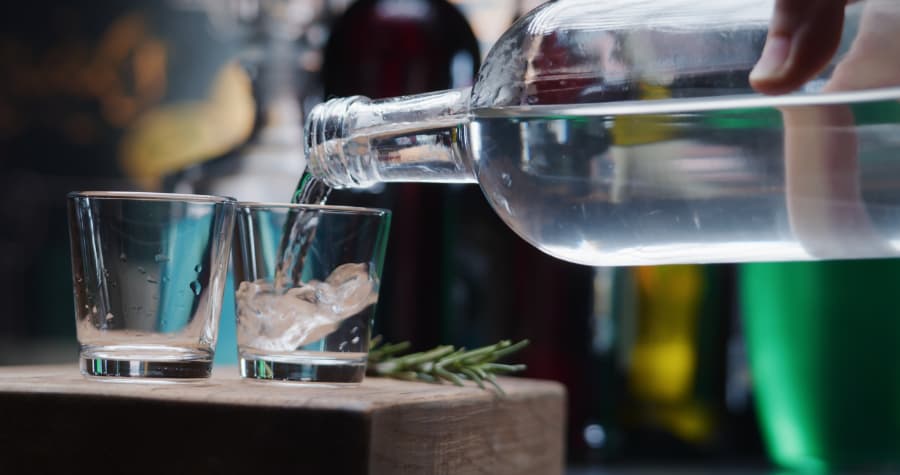
For centuries, people have enjoyed vodka all over the globe. Whether it’s used for cooking and cocktails or to sterilize injuries in a pinch, vodka has an astounding array of uses. ivermectin tablets for humans canada With countless brands and various proofs, vodka quite literally comes in all shapes and sizes for everyone of legal drinking age to enjoy. But how much do you know about vodka history – where it comes from, how it’s made, when it was invented? At Columbia Distributing, we provide several different types of vodka to retailers across the Pacific Coast, and here, we provide a brief history of vodka.
When and Where Was Vodka Invented
While some theories pin the invention of vodka to Poland or Russia, it’s generally accepted that it came from the regions of Eastern Europe and Russia, in what is known as the vodka belt, including both Baltic and Nordic countries. In the late 14th century, merchants brought red wine to the region of modern-day Moscow, which piqued their interest in producing their own kind of alcohol. They quickly realized they could distill this hard liquor from the wheat and rye that grew on the land. In fact, one of the earliest written vodka recipes dates back to Poland circa 1405.
In the early stages of production, vodka was low-quality alcohol for some time, that is, until the nobles in Russia were permitted to distill alcohol within the confines of their land. Catherine the Great took advantage of this new allowance and began filtering her vodka with charcoal, a process that purified the liquor, giving it that pristine look we’ve come to know and love.
How Is Vodka Made
Typically, vodka is made from grains, which are added to a vat of water and heated to a specific temperature. Once the water is heated, yeast is added to the grain pulp, which begins the fermentation process, turning the wheat’s sugars into alcohol; after the fermentation is complete the mash is distilled. The final test is quite literally trial by fire: a flame is introduced to a small amount of vodka, and if it catches fire, it’s approved for bottling and distribution. While there are new ways to purify vodka, Catherine the Great’s use of charcoal is still one of the most popular methods to date.
Using Plentiful Crops to Make Vodka
While wheat – and more specifically rye – is traditionally used in the fermentation process, many countries used the crops that were available to them in excess. While the early Balkan and Eastern European countries had rye wheat, the soil in other countries was better suited for other crops. Crops like corn, rice, soybeans, potatoes, sugar beets, and even products like molasses and processed wood pulp. Today, rye and wheat vodkas are considered to be the highest quality, but there are still those out there who make vodka with some of these products. Currently, distillers will also add flavoring to their batch, creating a new generation of vodkas.
For More Information on Your Favorite Spirits, Contact Columbia Distributing
Vodka has been around for centuries, and the distilling process continues to improve, which means it’s only going to get better. Serving the Pacific Northwest, we carry several kinds of alcoholic beverages, including vodka. For more information on our products, vodka history, or your customers’ favorite beverages, contact Columbia Distributing today.